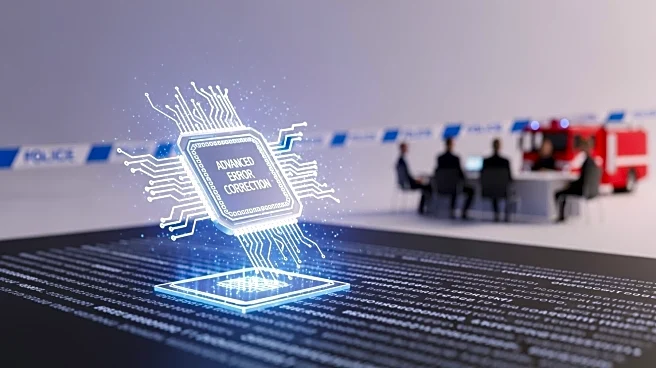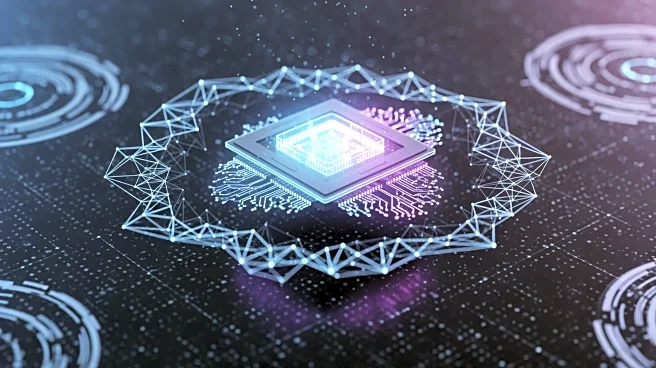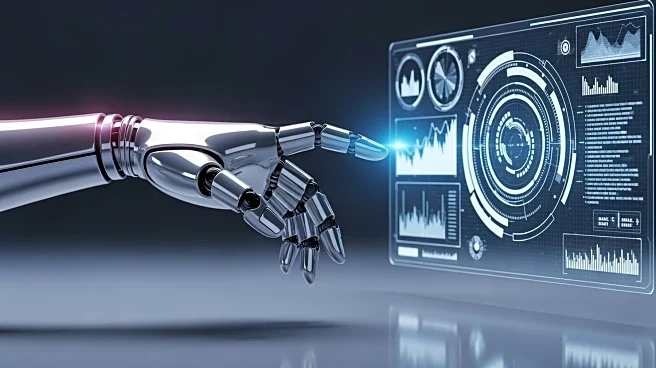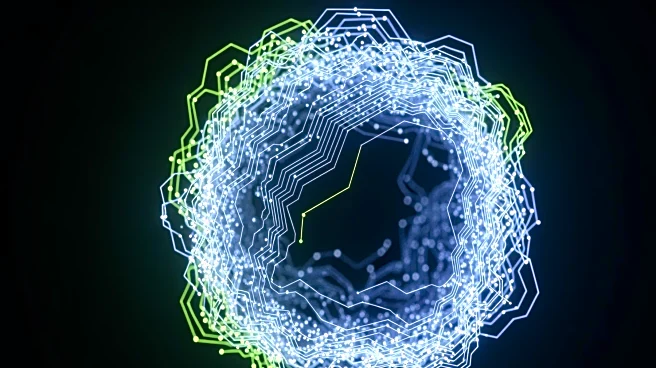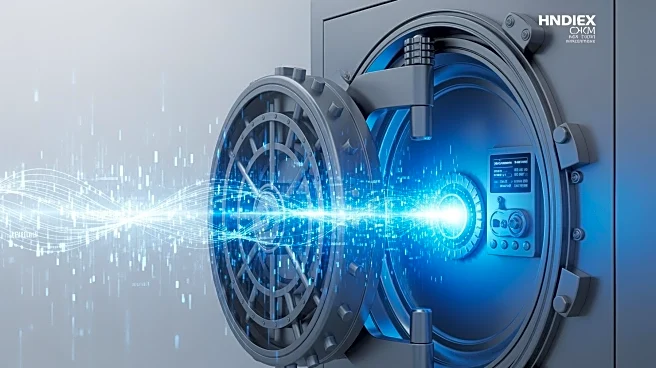What's Happening?
Recent advancements in quantum computing have demonstrated the use of dynamic surface codes, which are crucial for quantum error correction. This development allows for reliable computation despite the presence
of faulty qubits. Traditionally, quantum error correction relied on static syndrome checks, but the new approach utilizes time-dynamic methods, enabling different codes and implementations. The research highlights the ability to switch circuit implementations of the surface code, achieving error suppression from distance-3 to distance-5 using three time-dynamic circuits. These circuits represent significant departures from previous assumptions about the necessary hardware and gateset for implementing the surface code. The study was conducted using Willow processors optimized for standard surface code circuits, allowing direct performance comparisons.
Why It's Important?
The advancement in dynamic surface codes is significant for the field of quantum computing as it enhances the reliability and efficiency of quantum processors. By reducing the error rate and increasing the flexibility of circuit implementations, this development could accelerate the practical application of quantum computing in various industries. It opens up possibilities for more robust quantum systems that can handle complex computations, potentially surpassing classical supercomputers. This could impact sectors such as cryptography, materials science, and artificial intelligence, where quantum computing offers transformative potential.
What's Next?
Future research may focus on optimizing hardware around alternative circuit constructions, further improving the performance and scalability of quantum processors. The newfound flexibility in circuit implementation could lead to the development of more efficient quantum systems tailored to specific applications. As the technology progresses, stakeholders in industries reliant on high-performance computing may begin to integrate quantum solutions into their operations, driving innovation and competitiveness.
Beyond the Headlines
The shift from static to dynamic quantum error correction methods may influence the design and architecture of future quantum computers. This could lead to ethical considerations regarding the deployment of quantum technology, particularly in areas like data security and privacy. As quantum computing becomes more accessible, it may also prompt discussions on regulatory frameworks to ensure responsible use.


